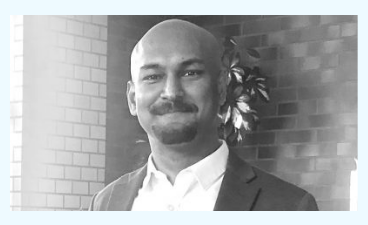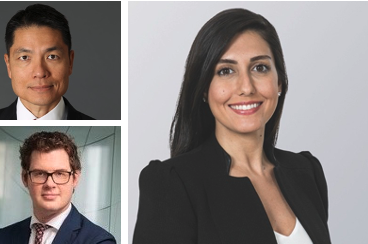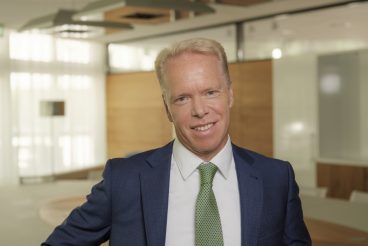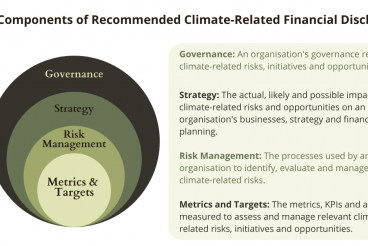Institutional investor or private client, the appetite is there not only to move away from investments that are deemed harmful to the planet or that have a negative social impact, but to actively invest and be a force for ‘good’. Add the pressure from legislators and regulators, and the fund services ecosystem must strive to keep up with this fast-growing market demand for sustainable investment.
In the latest instalment of our Sustainability Matters series, three leading figures of the funds services and finance sectors in Luxembourg – Daniel Capocci, Hedda Pahlson-Moller and Serge Krancenblum – offer their take on the implications of new sustainability rules for fund service providers and their clients.

To what extent is pressure for sustainable investment being driven by institutional investors such as pension funds and family offices, and their own stakeholders?
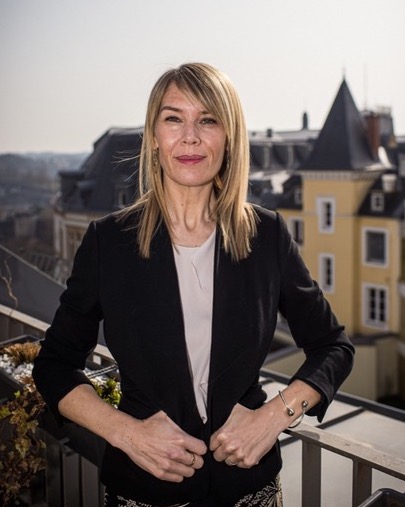
HPM: Many family offices have, by tradition, built in values aligned to the philosophy or historical context of a family’s wealth. This can include negative screenings of industries or even thematic focuses. For instance, a family from the retail investment industry might invest in circular economy and waste management; similarly, a shipping family might fund water/ocean-related initiatives, while an automotive family could invest in the future of mobility based on renewables. So, in a word, yes: They are indeed exerting significant pressure and driving capital shifts with proprietary approaches.
Other institutional investors tend to be primarily guided by climate action movements and environmental considerations inspired by claims of ESG outperformance (or navigating ESG regulations). But there are also examples of social impact and governance trends that complement the ‘E’ movement. Japan’s Government Pension Investment Fund, the world’s largest pension fund with some €1.34 trillion in assets under management as of September 2020, has invested €2.4 billion in a gender diversity index launched by Morningstar and Equileap. Meanwhile, Veris Wealth Partners reported over $11 billion invested in public and private gender-lens funds, while US SIF, the Forum for Sustainable and Responsible Investment, reports that more than $800 billion in assets are subject to a gender-lens filter at some stage of due diligence. The point is that ESG screening is evolving quickly, and it goes beyond the climate lens. You will find diversity, inclusion and social justice are important drivers for change.
SK: There is definitely a paradigm shift at investor level, whether institutional or private. There is real awareness among asset managers that there is only one way forward, to invest in sustainable companies or assets. The new generation of investors want to make sure that, at the very least, their investments do not harm the world they live in.
DC: Until recently, the real focus of many institutions in sustainable investments was more on negative screening for part of their investments than searching for positive impact or direct investment in sustainable or ESG-related projects. A 2015 study from the CFA Institute found that the main reason for consideration of ESG criteria was to help manage investment risks, while demand from clients came was the next biggest reason. Increased pressure from regulators and policymakers, including the European Commission’s Action Plan on Sustainable Finance and the Sustainable Finance Disclosure Regulation, along with strong demand from the ‘real world’, is changing the situation. However, to respect a new rule is not very complicated. But to become a real sustainable investor is not just about meeting regulatory constraints – it should be in your DNA.
What challenges do fund and investor service providers face in responding not just to investor demand but imminent regulatory requirements such as the SFDR?
HPM: The SFDR is relatively fresh and still needs some clarifications – particularly in terms of evolving the taxonomy and requirements for social responsibility and governance. While it is quite straight forward if you are relegated to the ‘grey zone’ of Article 6, it is not obvious to navigate between the green categories of Articles 8 and 9. Add to that the challenge that investor demands may involve a whole other set of reporting requirements based on other standards, and fundraising can become even more complicated and face difficulties to stay in line with EU guidelines while managing diverse investor demands.
SK: The SFDR will be a real game-changer for ESG investing. The main aim of the regulation is to put in place a set of harmonised rules for the financial industry on the integration of sustainability risks and the provision of accurate sustainability-related information on financial products. This will help tackle greenwashing in the industry. However, one of the main challenges will be for fund service providers to build the capacity to collect, analyse and compare ESG key performance indicators.
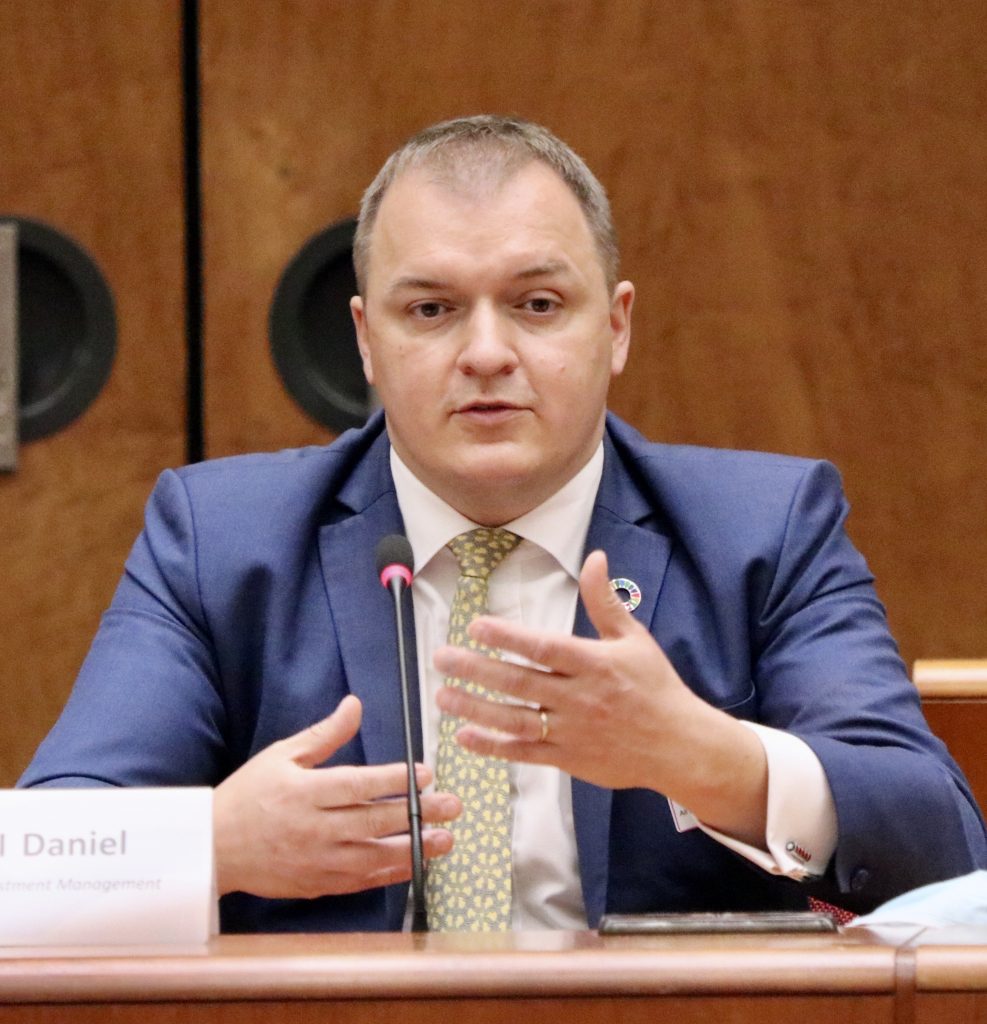
DC: The real challenge for everyone is that many players put the new requirements on their to-do list, then have recently discovered that SFDR was not just about March 10, but the final target is a real evolution in investment proposals and more transparency to investors. In that context, many service providers face the challenge of implementing a medium- to long-term strategy that has a clear target and aims to be consistent over time. Practical challenges include, as always, how to interpret the regulation depending on the service provided. Currently, we don’t have any foresight on several elements that will be clarified over time.
Have the lack of sustainability data and absence of consensus on definitions and measurement tools delayed the adoption of climate-related and other sustainability rules?
HPM: Absolutely. The biggest challenges for the sector under the concept of planetary boundaries and maintaining social foundations – the so-called “Doughnut Economics” framework – will be to coordinate the emerging standards and taxonomies as well as setting the limits or boundaries. And, crucially, on finally agreeing what measurement should look like. This echoes the challenges of the impact investing sector as well, where impact must be measured.
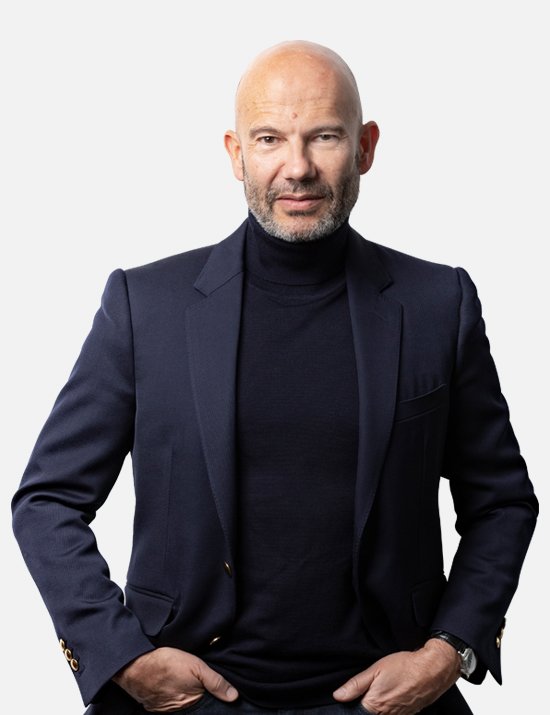
SK: The numerous metrics may have indeed delayed the implementation of sustainability policies as they could not be enforced. There has been a lack of consensus on the framework and a clear lack of data, especially for the social responsibility aspects of ESG.
But a major step toward standardisation was achieved last year when the World Economic Forum’s International Business Council, bringing together 120 global CEOs, and in collaboration with the Big Four accounting firms, released their own ESG reporting metrics at the WEF’s annual meeting of.
These new ESG metrics are organised around four pillars: principles of governance, planet, people and prosperity. They aim to align the disparate array of existing standards, enabling companies to report consistently on non-financial disclosures and adding new weight to ESG as a key tenet of modern investing.
DC: I am not convinced that lack of data or absence of consensus is the reason for delay in the adoption of sustainability policies. The reality is more about willingness and opportunism. Most large players in asset management have not been historically active in this area, and progress has come mainly from opportunism. I am not saying this is the case for every player, but for most of them the change in mentality and/or strategy has come originally from end-investors and society in general. Regarding sustainability data, an issue that is central for FARAD Group, the lack of consensus represents an opportunity. We are a pioneer, having worked on this for several years, and notice that it is now becoming an area of interest for many. Interestingly, new players in the market lack experience and hindsight, leading them to start with simpler process than more advanced players.
Are ESG issues becoming more central to the business success or otherwise of your clients, and to that of service providers?
HPM: Invariably. It will (and must) become the critical path for capital flows. When this initial distress in adapting to new reporting and frameworks settles, it will be harnessed as an opportunity.
SK: No-one can avoid being focused on ESG today. From the point of view of financial returns alone, investors and asset managers must take ESG into account, because non- compliant companies and assets will lose value over time.
DC: Our client base has always been split between what we call our traditional offering and GreenEthica, our service proposition focused on sustainability. Recently our traditional clients have become more open to discuss and adapt their projects to integrate sustainable or ESG aspects. We have already seen some changes at the service providers we work with, who are one to two years ahead of the trend on the client side.
What are the practical issues for service providers in helping clients adapt to sustainability demands, both legal requirements and softer reputational and image considerations?
HPM: Endless navigating through murky regulatory language, differing standards and requirements, and on top of that the lure of ‘fake it till you make it’ greenwashing. Then there is the question of allocating resources for management of sustainability requirements, which may increase costs and inefficiency. Ultimately, any sustainability initiative needs to have authentic origins and full support to pass the scrutiny of not just discerning SRI investors but also other critical stakeholders like clients, customers, staff and potential new hires.
SK: Like any other player in the asset investment ecosystem, service providers must prove they are themselves compliant with ESG standards. For example, they should demonstrate their commitment not to engage in aggressive tax avoidance. On the servicing side, they need to conduct ESG checks for their clients to protect them from potential reputational problems that may arise in relation to an asset manager or a target company.
DC: The compliance element is easiest to address. Not that the regulation per se is easy, but the industry is used to adapting processes, policies and products and moving on to the next one. What is clearly more difficult is reputational considerations, because there is a fundamental change in society, especially among the younger generation. In the medium term, reputation and image will become the differentiator between providers who follow a trend and those that adapt their business to this fundamental change.
How should private equity and real estate fund managers incorporate sustainability considerations into their operating practices and standards?
HPM: With focus and commitment, like everyone else! Private equity is ripe for sustainability practices, and many small PE firms are campaigning on their ESG filtering and shareholder activism. Real estate has been subject to environmental regulation for much longer, but now needs to address appetite for environmental and socially responsible projects.
SK: Managers in the alternative space should take into consideration the full scope of the three vectors of ESG: environmental, social and governance issues. Often environmental considerations are well represented, but there is less focus on social and governance issues. In particular, they should have a clear diversity and inclusion policy, as well as anti-discrimination policies and a commitment to strong business ethics.
DC: PE and RE fund managers are generally closer to the businesses they invest in than UCITS managers, which means they can have a bigger and more direct impact, by reviewing and analysing processes from another angle. Is what I am doing sustainable in the long term? Is it supportive for the environment? For people? Is it done in an ethical way? Whenever the answer to any of these questions is no, they should take a step back and work on improving the situation. ESG or sustainable investment is not about doing everything completely differently overnight, but to improve the way you work toward sustainability step by step and with a long-term view.
— — —
Hedda Pahlson-Moller is a private investor, independent director, adjunct professor and advisor on issues relating to sustainable development, responsible finance and diversity management. She is a founder and CEO of TIIME.org – advocacy, advisory and education (#ImpactImperative).
Serge Krancenblum is the Group Executive Chairman of IQ-EQ, leading the group’s M&A Strategy and Corporate Social Responsibility. He is also an independent director on various boards, as well as chairman or president of multiple organisations, including Luxembourg Alternative Administrators Association and the Luxembourg Association of Family Offices.
Daniel Capocci is an accomplished funds industry expert whose career has been devoted to asset management. He recently became leader of the the Luxembourg-based FARAD Group and CEO of FARAD Investment Management. He is the author of The Complete Guide to Hedge Funds and Fund Strategies.

